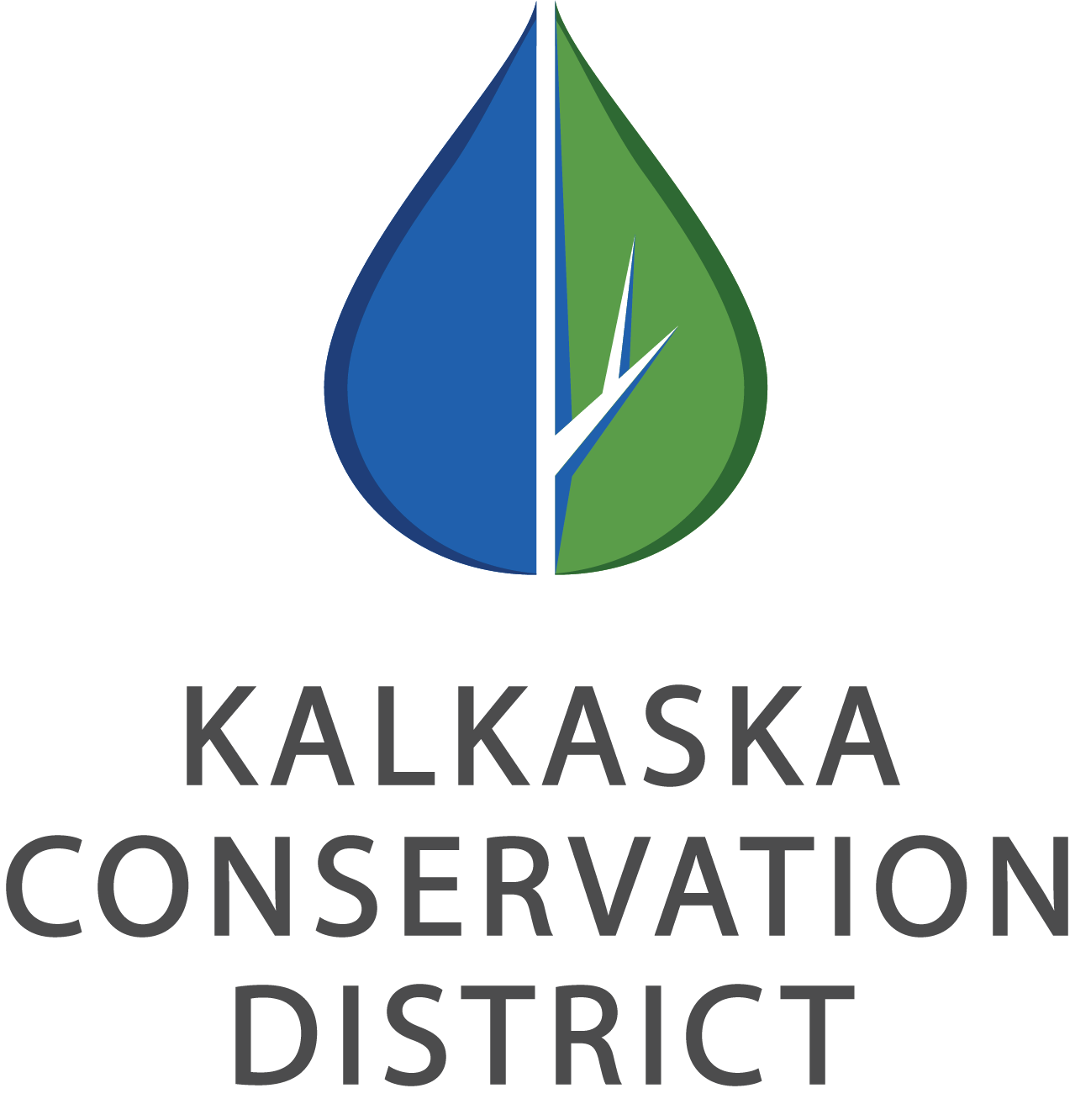Right Tree, Right Place
By Marilyn Shy, Kalkaska Conservation District
We were all getting spring fever, right? Seeing that bare ground, and just patchy snow in the woods, and then the white stuff hit us yet again. No matter! Spring is still on its way. And spring means it’s time once again to think about planting. And the thing you should consider first of all in early spring is planting trees and shrubs.
In our area, trees and shrubs can be successfully planted as bare-root stock or containerized seedlings in late April and early May. The ground will be thawed and it’s the time of year when we usually get ample amounts of moisture, so newly planted trees and shrubs can get off to a good start.
There are many reasons to plant trees, but I’ll talk about two of them here: plantings to attract wildlife, and plantings that benefit lakes, rivers and streams.
Many people, including myself, are always trying to think of new ways to attract more wildlife to their property. Animals have needs similar to our own, and the important ones are shelter, food, and water. Trees and shrubs can provide for the first two of these needs. And the more plant diversity you have, the more wildlife diversity you will have.
Trees such as American Hazelnut, Black Walnut, and White Oak produce what is called hard mast (think nuts and acorns) and are an important food for some birds and mammals including deer and turkeys. Shrubs such as elderberry, high bush cranberry, red-osier dogwood, serviceberry and crabapple produce soft mast (berries). Many songbirds and some mammals are eager to eat the fruits from these berry-producing plants.
Another reason to plant trees and shrubs for wildlife is that they provide shelter and cover from predators. Conifers can provide shelter year-round. Think about planting trees such as balsam fir, spruces, pines and Northern White Cedar, which will enhance the ability of your property to attract and maintain wildlife populations by producing adequate shelter.
There are a number of trees and shrubs that can benefit the shorelines of rivers, streams, and lakes. Since all wildlife requires water as one of their basic needs, planting trees and shrubs along the shoreline can provide a wildlife corridor. This will ensure animals have escape cover when traveling down to drink at the water’s edge. Trees and shrubs also provide thermal cover so that water can stay shaded and provide better habitat for coolwater fish species. And no less important, trees and shrubs provide soil erosion protection for lakeshores and riverbanks, anchoring the soil with their network of roots underground.
Remember, not all species of trees and shrubs will do well in every location. Depending upon your soil type, drainage, amount of shade or sun and other factors, you will want to select the Right Tree for the Right Place. A Conservation Specialist can help you select the appropriate trees for your site. To make an appointment for a site visit, call Renee Penny at the Kalkaska Conservation District at (231)258-3307, or email her at: renee.penny@macd.org. The District has a wide variety of trees and shrubs available for order this spring, and you can view the complete catalog on their website. Or stop in their office and place your order by April 2, 2018.

